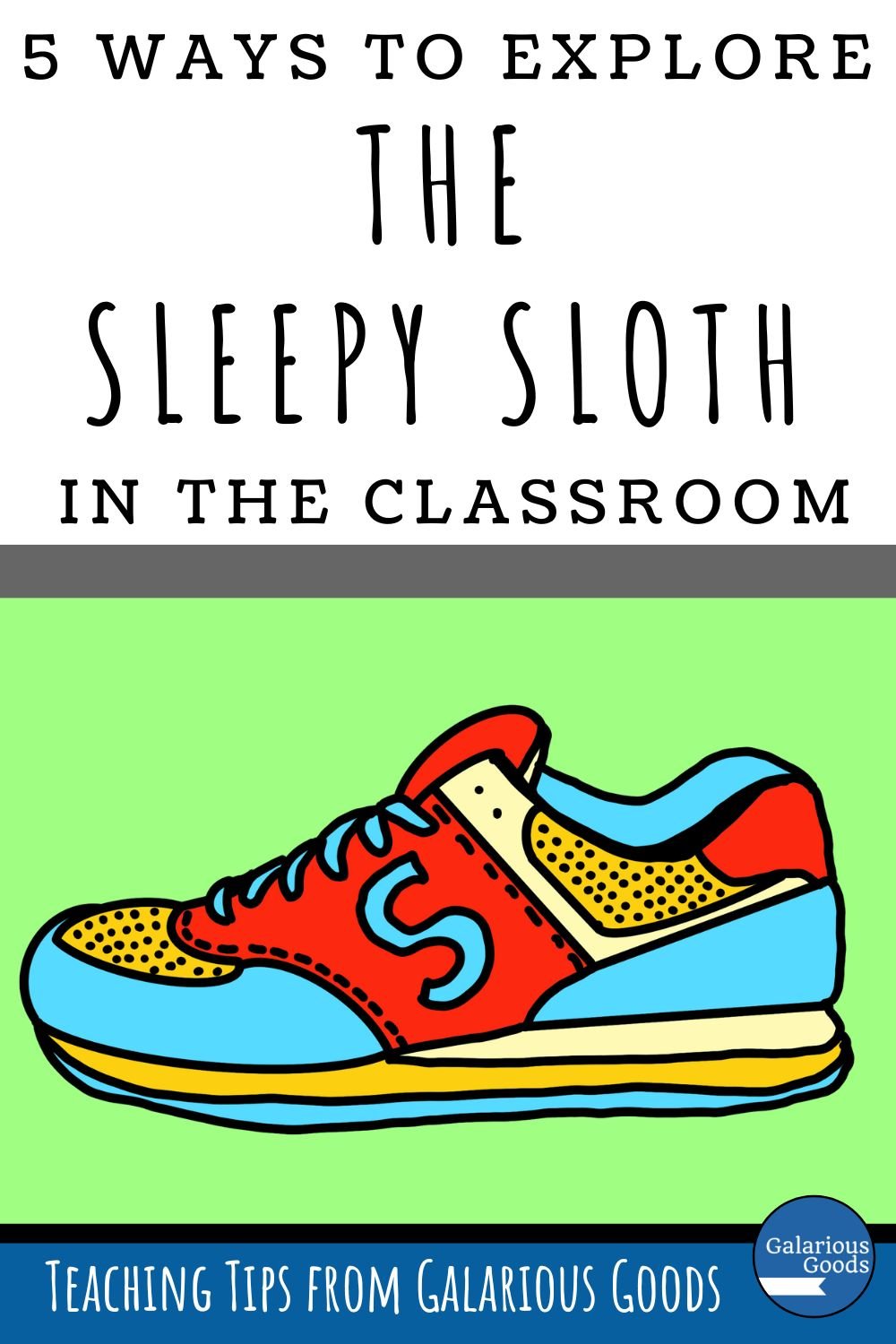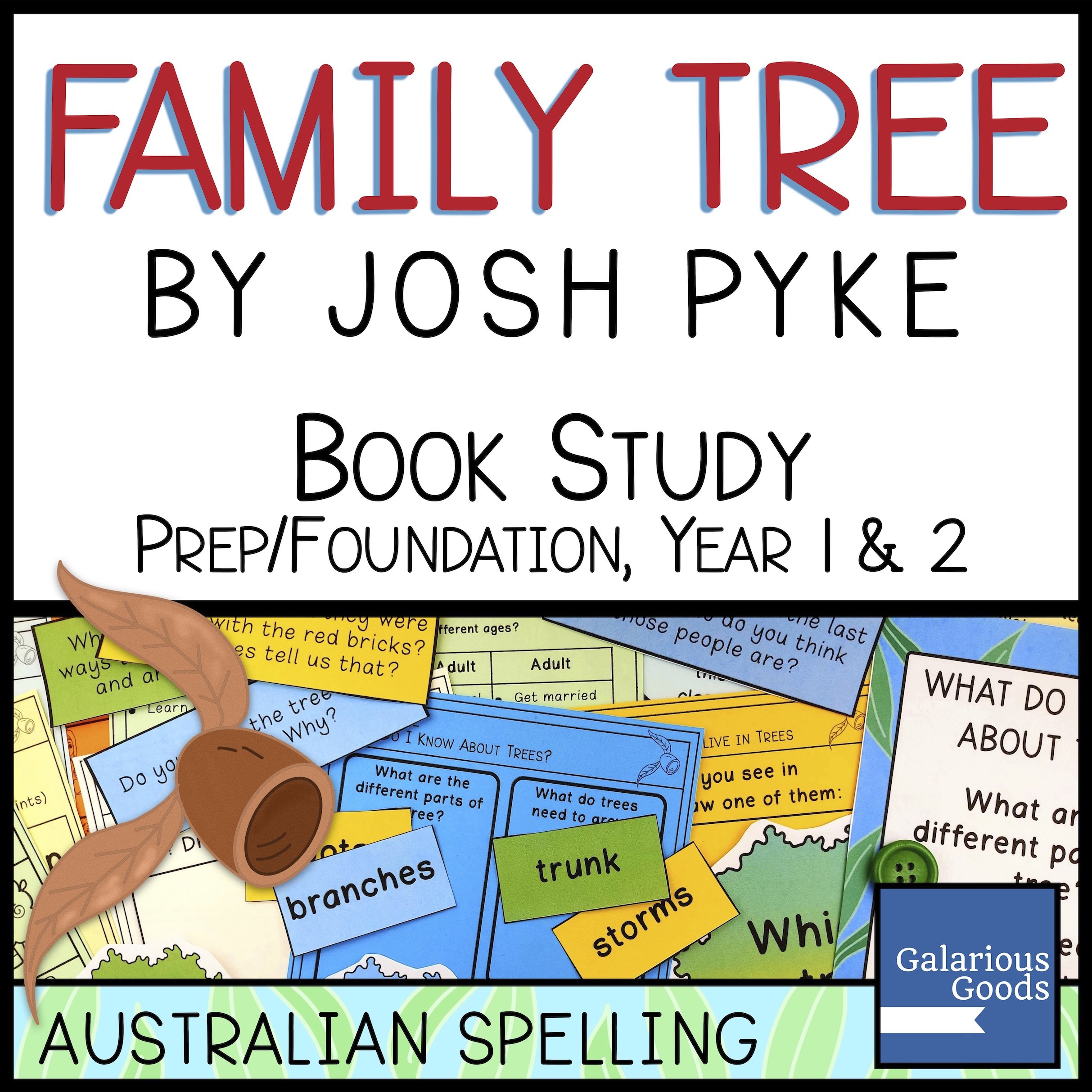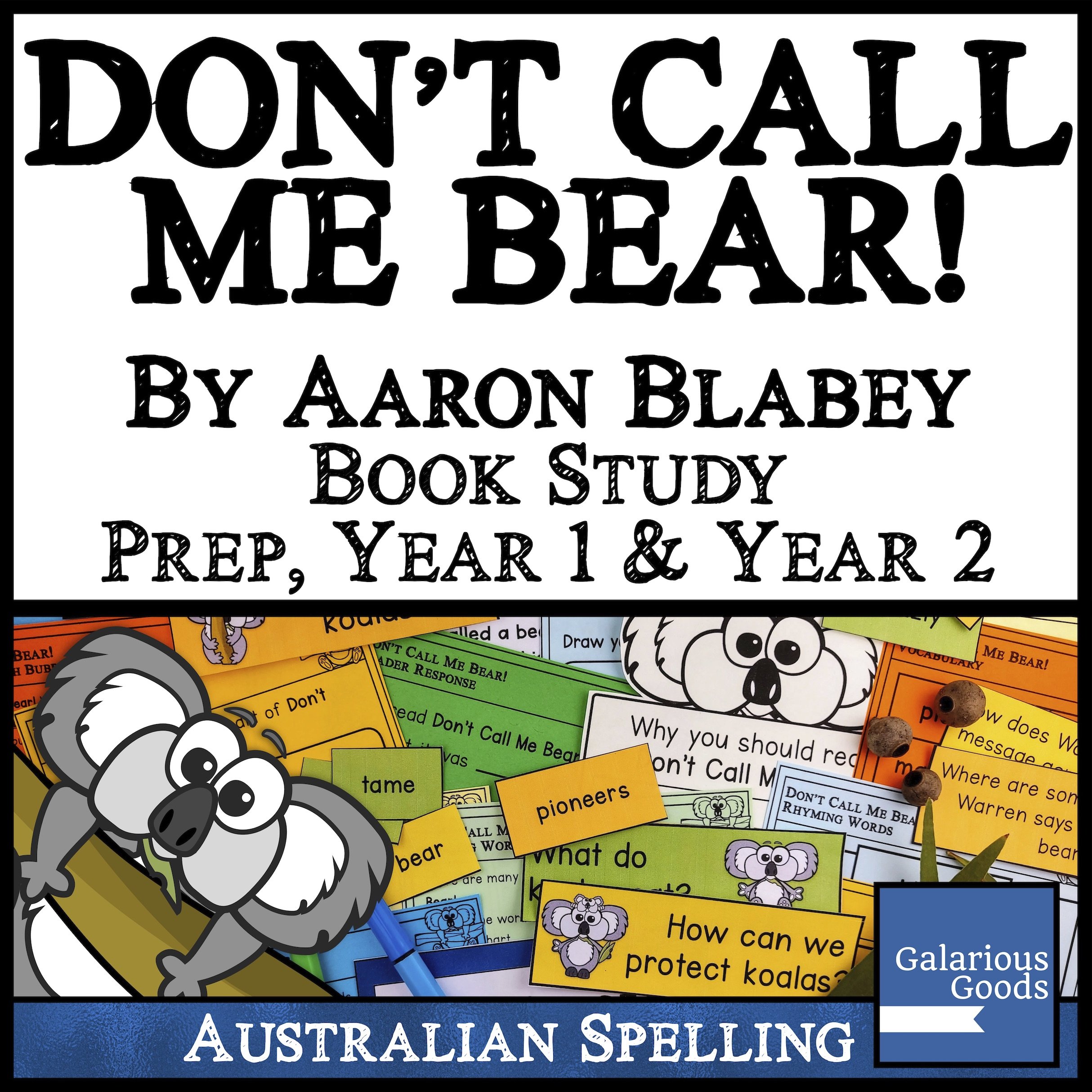Five Ways to Explore The Sleepy Sloth in the Classroom
/The Sleepy Sloth by Rebecca Young is a funny and thoughtful look at a sloth called Spike who is determined to compete in The Great Race - even if there are many faster runners in the race. Here I share five ways you can explore this fabulous book in the classroom.
Five Ways to Explore the Sleepy Sloth in the classroom. A look at the book by Rebecca Young and different ways to use it in the classroom for literacy learning
Reflect on What It Means to Be Persistent
Throughout The Speedy Sloth, Spike is determined to race in and then complete the Great Race. She undertakes actions to prepare for the race and then persists even when it’s difficult.
Exploring what persistence looks like and how students can apply it in their own learning is an important part of developing a growth mindset. Students can explore what persistence looks like in The Speedy Sloth and discuss how they can show persistence in their own life. This can be extended by helping students set learning goals, helping them develop plans and actions to succeed in those goals and helping them brainstorm ways of acknowledging their successes - big or little.
Students can also explore how goals don’t look the same for different students - some students may have a goal to read a certain number of pages, others might focus on learning a range of learning facts, while others might be working hard to develop their handwriting skills. This is another thing which can be related back to the book, with Spike’s goals looking different from the other animals in the race.
Running Maths
The Great Race is a key element of The Speedy Sloth, and it’s a great topic for integrating maths. Students can explore measurement by measuring what a metre looks like - then 5, 10, 50 or 100 metres. They can extend this by thinking about how many steps they would take to run 100 metres. Older students can explore maps of a local area and use scale to plan a marathon or fun run course.
Students can look at time by timing themselves running a certain distance, exploring the time famous runners take to run different distances, calculate how long it would take them to run a marathon (older students could think about how they might slow down or speed up) or even create a time table for sports day races.
Students could also use races to develop their own maths problems and investigations - whether it’s calculating the total distance run at a sports carnival or how much money a fun run might raise.
Spike’s Next Challenge
Spike is revealed to be a very determined sloth in The Speedy Sloth - so what might her next challenge be?
This is a great writing challenge to put forward to your students - thinking about what Spike might challenge next. Students can collaborate to write a series of stories or shared stories. They could write a follow up picture book and examine the illustrations to create their own in the same style. Or they could try a new style of writing - a short story, a poem, a graphic novel or a script.
Explore Running
Spike is determined to be a good runner - even training at the gym for the Great Race. This is a great prompt for students to explore what running is and how you can get better at running.
Students can explore running by looking at videos or reading biographies of great runners. They can research different types of running races - including hurdles and steeple chase - and look at how other sports also use running - from the run up in a gymnastics vault, to running in a football game, to running while dribbling a ball in basketball. Older students can research how running works or what you need to do to become a better runner.
Students can plan their own running races - looking at where they can safely run within the school, different types of obstacles they could add to a running race or how they could turn a race into a relay race. They can examine training plans for runners and make their own training plans in the lead up to a sports carnival.
Move Like a Sloth
While Spike has great goals in mind for the Great Race, she is not the fastest of runners. Or movers. Exploring how sloths move is a great dance activity for the classroom.
Students can begin by looking at videos and reading descriptions of how sloths move. They can use these to explore how they can move slowly, looking at how they can manipulate different body parts in slow movement. Students can explore moving through different heights slowly, moving across a room slowly, or moving in small or bigger groups in slow motion.
You can also provide a range of different music to students and ask them to select which music would best suit their movement patterns. Students can experiment with different ways of recording their movements and develop longer dances with these movements.
Are you reading The Sleepy Sloth with your class? You can find a full range of learning resources at the Galarious Goods store or at TPT for Prep/Foundation, Years 1 and 2, Years 3 and 4 and Years 5 and 6
The Speedy Sloth Book Studies at TPT
Speedy Sloth Resources at the Galarious Goods Shop























